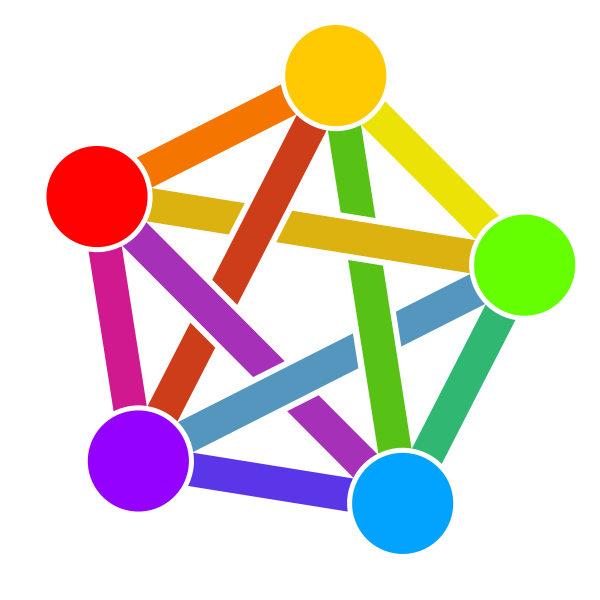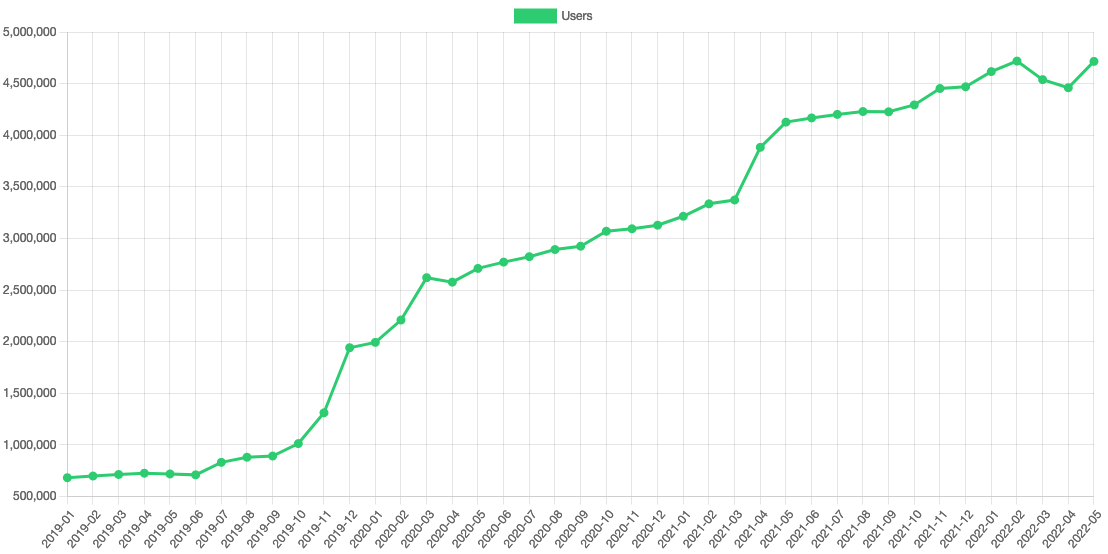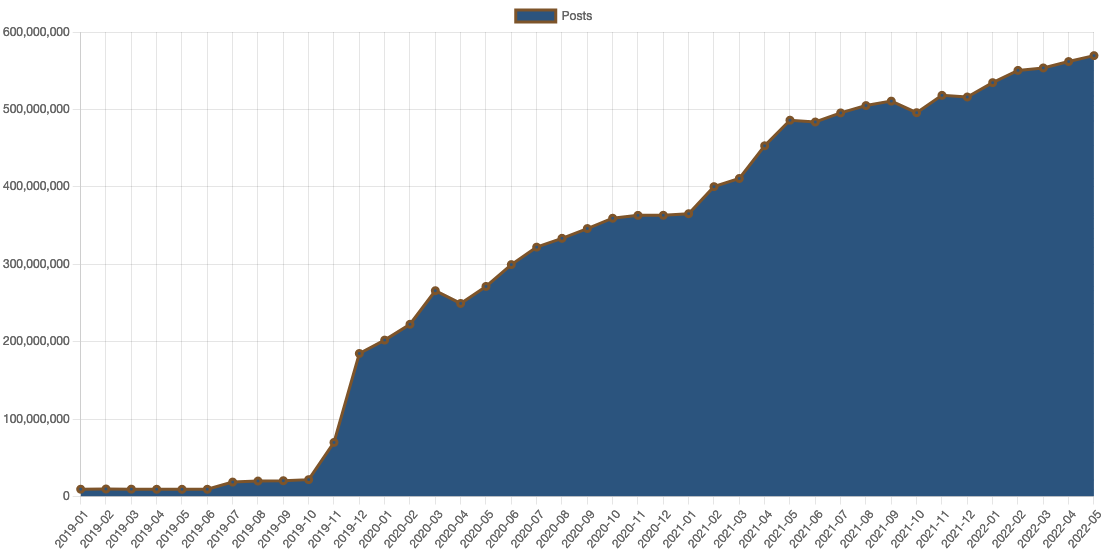
The “Fediverse”
The term “fediverse” derives from the words “federated” and “universe” and constitutes the set of federated servers through which to publish content on the Web.
Each server constitutes an instance where users can create their profile.
There has been a general increase in federated, decentralized, and open-source systems in recent years.
The fediverse currently appears to be the primary solution chosen by users over centralized ones (e.g., Facebook–now Meta–Twitter or Instagram).
Examples of federated systems, although each with different structure and protocols is already quite well-known and widespread, are:
The fediverse has been particularly popular, especially for social media and microblogging platforms (WriteFreely being among them), and is expanding all the time.
In this regard, we mention the contribution of Lucio La Cava, Sergio Greco and Andrea Tagarelli entitled “Understanding the growth of the Fediverse through the lens of Mastodon”, OpenAccess and edited by Springer.
In that contribution, the authors - focusing on Mastodon - analyze and describe the effects of open-source platforms, Decentralized Online Social Networks (DOSNs), explaining how they are emerging as alternatives to the best-known and most popular platforms are, however, centralized and profit-oriented.
Moreover, we should add that the exponential spread of blockchain technology has helped make many social media platforms choose the principles of decentralization basically to protect themselves from censorship and because of the characteristics of blockchain itself.
However, in our opinion, it is limiting and somehow also not correct to connote the fediverse solely for reasons related to protection from censorship since federated systems provide undeniable additional benefits.
Indeed, there is also a social aspect that entices people to choose solutions freed from the rules of some of the big players, such as Facebook and Twitter, gaining a dominant position regarding social networking platforms for years.
However, we believe that the fediverse also deserves considerations of a technical nature, especially concerning the inexistence of cookies (other than session cookies), profiling tools, and advertising. Moreover, these are decentralized and open-source solutions that do not report to any particular party.
As is well known, open-source resources allow one to access the source code and evaluate it or c.f. “fork” to clone the project and modify it. Anyone having technical skills can install the resources on their servers and, thus, in “self-hosted” mode.
The fediverse, moreover, is characterized by the use of open protocols such as ActivityPub (the subject of the W3C recommendation on January 23, 2018). That protocol allows precisely to realize a federated network so that applications, even different from each other, through the same protocol can interact with each other as a kind of interoperability.
Besides ActivityPub, there are other open protocols used in the fediverse, including Diaspora, XMPP, and OStatus.
Furthermore, we cannot dismiss the undeniable and primary benefit of complete user control over their personal data by the user according to Whereas(7) of the GDPR.
In the fediverse, individual servers (instances) communicate with each other according to a specific protocol (for Mastodon, Lemmy, and some others, the protocol is ActivityPub).
In concrete terms, each user can communicate with others, even on different servers, precisely based on the protocol that underlies the federated system.
On decentralization, we refer to a contribution of ours entitled “Aware digital communication respecting privacy and the apps or services you choose,” in which the infographic clarifying the differences between centralized, federated, and decentralized systems is eloquent.
Some data on the fediverse
The exponential growth of the fediverse is described by the data we offer below (the source is Fediverse Observer).
 |
|---|
| The number of users is steadily increasing. |
 |
|---|
| The number of instances (servers) is steadily increasing. |
 |
|---|
| The number of posts is steadily increasing. |
 |
|---|
| The number of comments is steadily increasing. |
These data are eloquent and require no comment.
Maybe it’s time to think seriously about the fediverse; we are there, are you?
We are waiting for you!!!
The next contribution will be devoted to Lemmy.
If this resource was helpful, you could contribute by
Or donate via
Follow us on Mastodon
Stay tuned!
